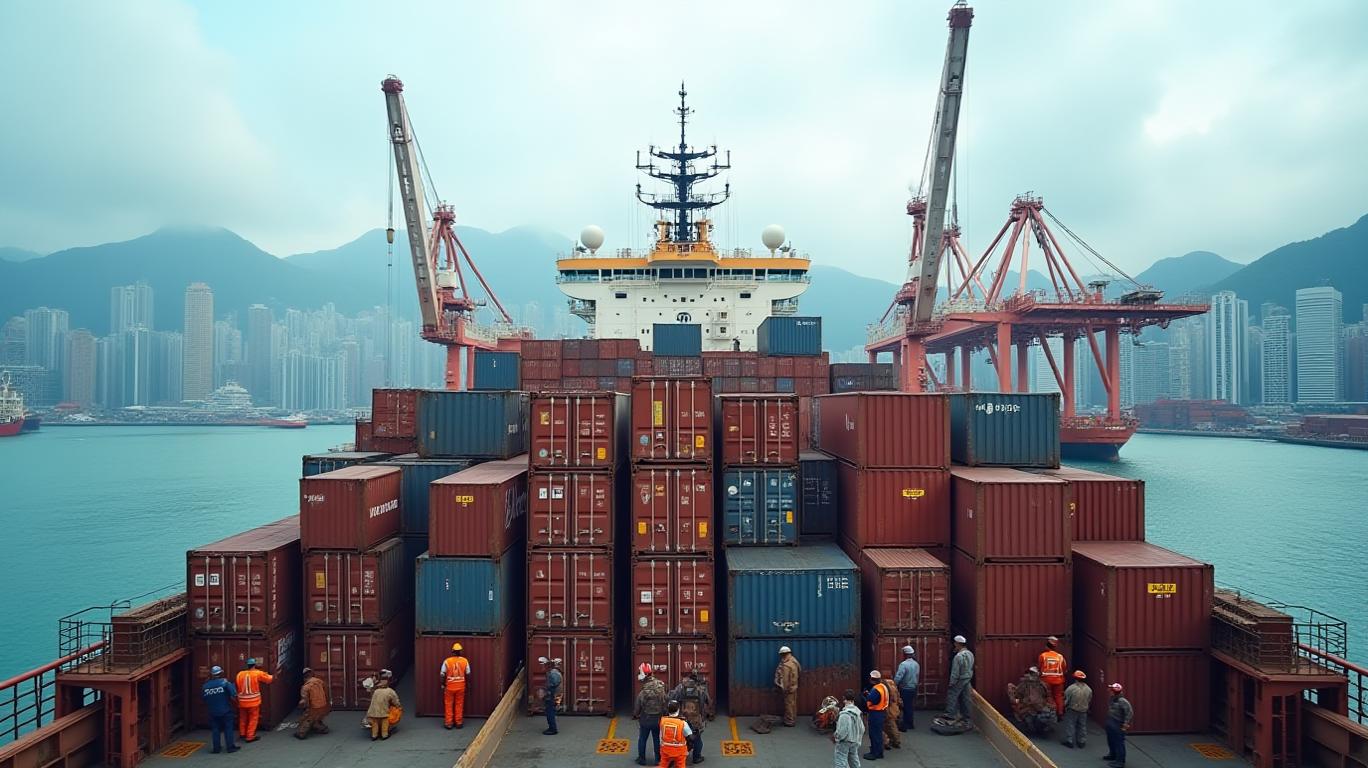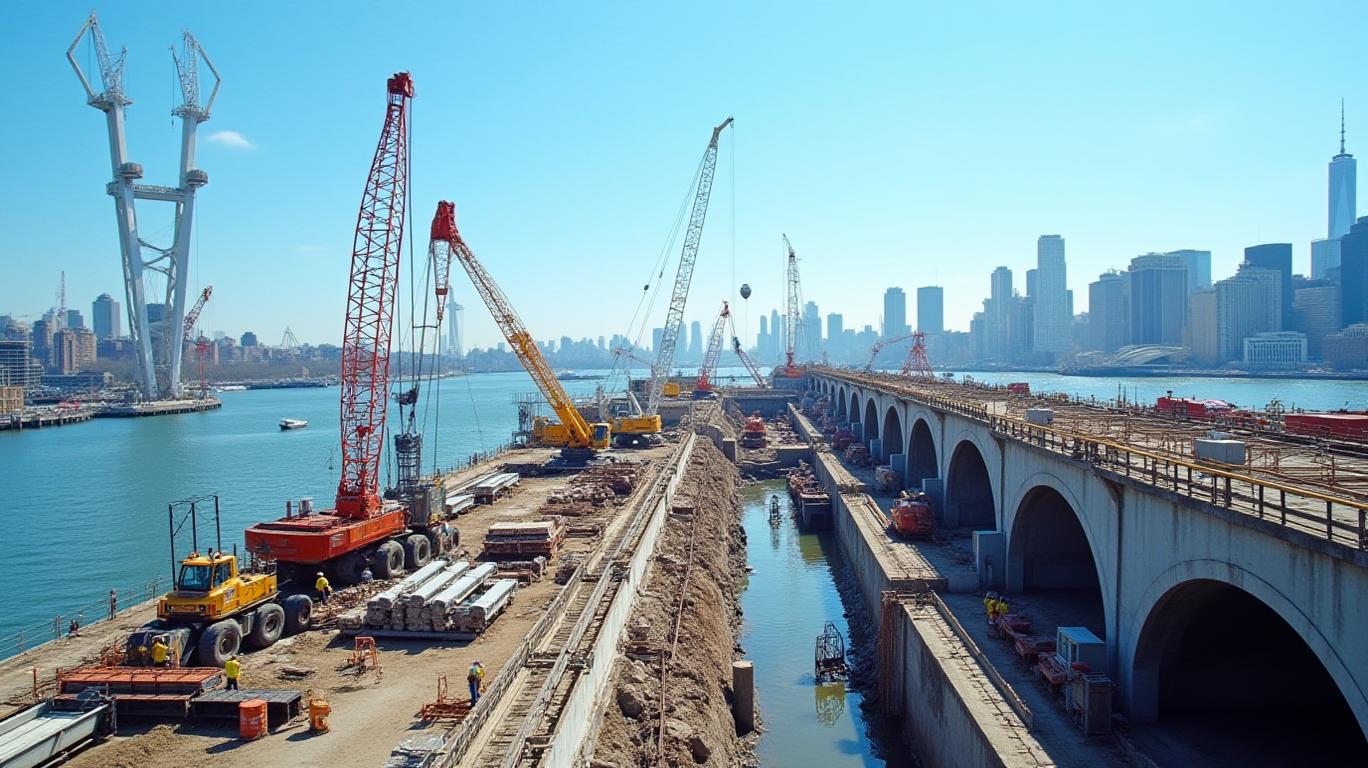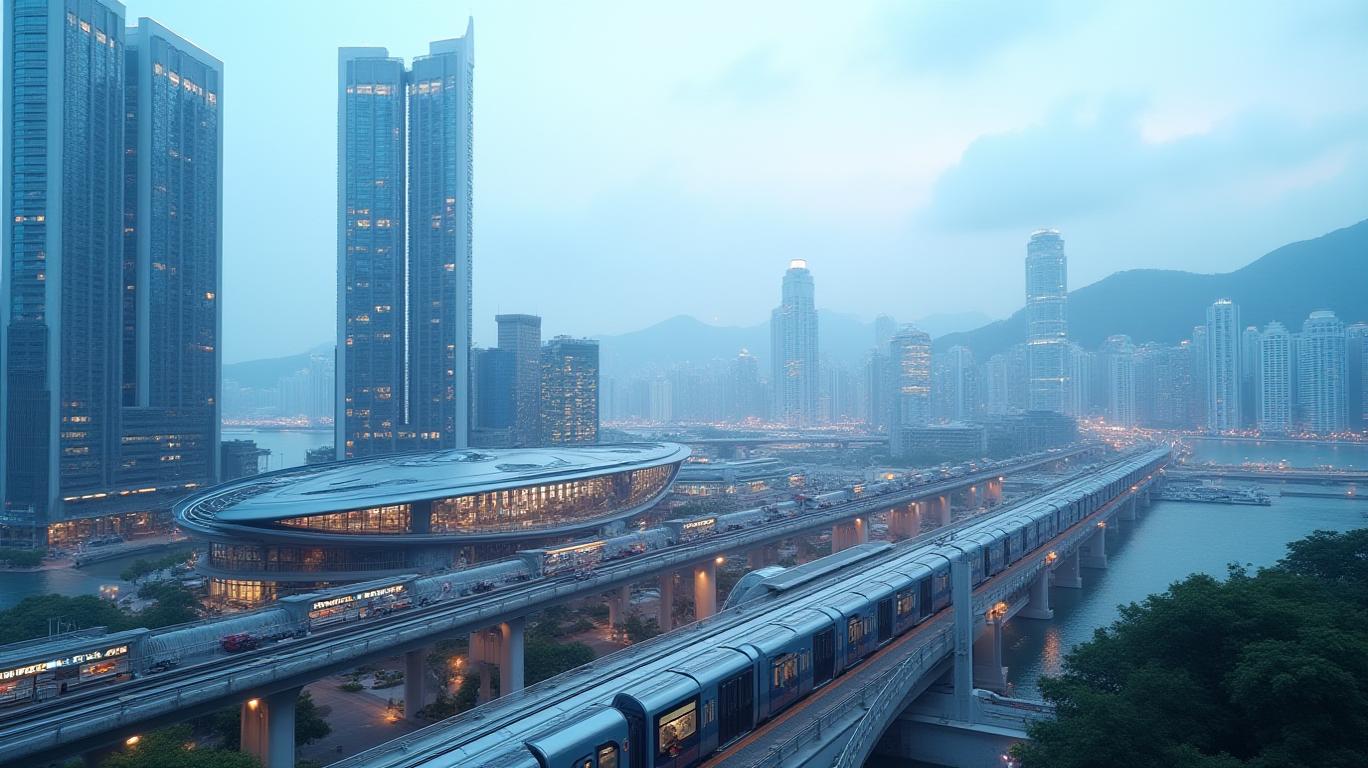AECOM’s Northern Metropolis Highway Project: A Catalyst for Hong Kong’s Infrastructure Renaissance?
The Hong Kong Special Administrative Region’s (HKSAR) ambition to transform its Northern Metropolis into a global innovation and technology hub hinges on a critical piece of infrastructure: the Northern Metropolis Highway (NMH). In early 2025, aecom, the global engineering giant, was formally engaged to lead the investigation phase of this 23-kilometer highway, marking one of the largest infrastructure projects in Hong Kong’s recent history. The NMH’s success could redefine regional connectivity, economic growth, and AECOM’s strategic footprint in Asia.
The NMH: A Blueprint for Connectivity
The NMH is designed to link Tin Shui Wai in the west to the New Territories North New Town near Ping Che in the east, forming a critical east-west corridor. Its dual three-lane sections and eight major interchanges will connect emerging tech hubs like San Tin Technopole and Kwu Tung North with existing urban centers. The highway’s alignment prioritizes environmental and community considerations, leveraging advanced technologies such as digital twins, Building Information Modeling (BIM), and Design for Manufacturing and Assembly (DfMA) to optimize efficiency and minimize disruption.

The project’s investigation phase, led by AECOM in partnership with AtkinsRéalis and local and international specialists, will finalize alignment options, conduct environmental impact assessments, and prepare for construction. A key milestone is the prioritization of the San Tin Section, a 7-kilometer segment set to begin construction in 2029, with phased openings expected by 2036. This section alone is projected to divert 40% of peak-hour traffic from congested routes like the Yuen Long Highway, a critical step toward alleviating bottlenecks in Hong Kong’s New Territories.
Fiscal Pragmatism Meets Ambition
The NMH’s investigation phase has already demonstrated fiscal discipline. The HKSAR Government slashed research costs by 40%, from HK$1.1 billion to HK$700 million, through streamlined procedures, route optimization, and technological innovation. The timeline for preliminary planning was also compressed from 38 to 25 months, underscoring a commitment to rapid execution.
This efficiency is vital given Hong Kong’s tight fiscal environment. The 2025–26 budget prioritized infrastructure investment while emphasizing austerity, allocating funds through bond issuances and public-private partnerships (PPPs). The NMH’s construction costs remain unfunded, but the government plans to attract private capital via its Rail plus Property model, offering land sales in strategic zones like the San Tin Technopole. However, risks persist: scattered pilot areas and volatile land valuations could deter developers, requiring agile policy adjustments.
Strategic Imperatives for AECOM
AECOM’s role in the NMH is a testament to its reputation as a leader in complex, tech-driven infrastructure projects. The firm’s joint venture with AtkinsRéalis and collaboration with local partners like Shanghai Urban Construction Design & Research Institute and Deloitte Advisory signal its ability to navigate Hong Kong’s regulatory and logistical challenges.
The project aligns with AECOM’s broader strategy: leveraging BIM and DfMA to reduce costs and timelines while addressing climate resilience. For investors, the NMH is a bellwether for AECOM’s ability to secure high-profile contracts in Asia, a region critical to its growth. With fiscal 2024 revenue of US$16.1 billion, the firm’s expertise in smart infrastructure positions it well to capitalize on Hong Kong’s Northern Metropolis push.

Broader Implications for Hong Kong’s Economy
The NMH is more than a road—it’s a linchpin for the Northern Metropolis’s vision of becoming a US$150 billion GDP contributor by 2030. By improving connectivity to Shenzhen and the Greater Bay Area, the highway could catalyze cross-border innovation and logistics. However, success hinges on synchronized land-use policies. For instance, the government’s plan to auction large-scale plots in pilot areas like HSK/HT NDA and Fanling North must generate sufficient revenue to fund ancillary infrastructure.
Risks and Considerations
While the NMH’s cost reductions and accelerated timelines are encouraging, challenges remain. Environmental opposition, particularly regarding the highway’s tunnel sections and viaducts, could delay approvals. Additionally, global economic headwinds may impact private investor appetite for Hong Kong’s infrastructure bonds.
Conclusion: A Strategic Win for All Parties?
The NMH project exemplifies Hong Kong’s balancing act between fiscal prudence and transformative growth. For AECOM, it’s a showcase of its technical prowess and a gateway to future contracts in the Northern Metropolis pipeline. With the San Tin Section’s construction slated to begin in 2029 and full completion by 2036, the highway’s timely delivery will be critical to unlocking the region’s potential.
Investors should monitor AECOM’s project milestones, particularly the investigation phase’s cost adherence, and the HKSAR Government’s ability to secure private capital. If executed successfully, the NMH could set a precedent for infrastructure-led economic revival in Asia—a model with implications far beyond Hong Kong’s borders.
In a region where infrastructure drives innovation, the NMH’s legacy may well be measured not just in kilometers of asphalt, but in the economic and technological leaps it enables.

_b905d9341749265671656.jpg)







